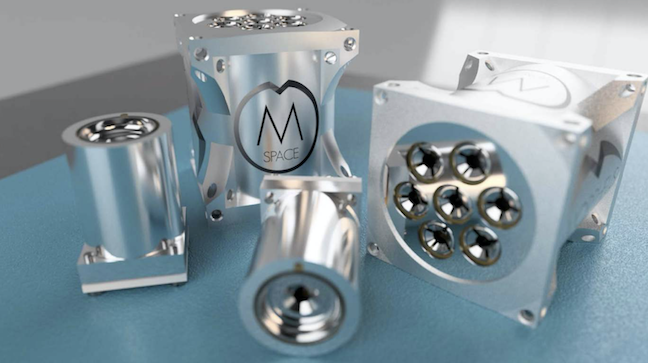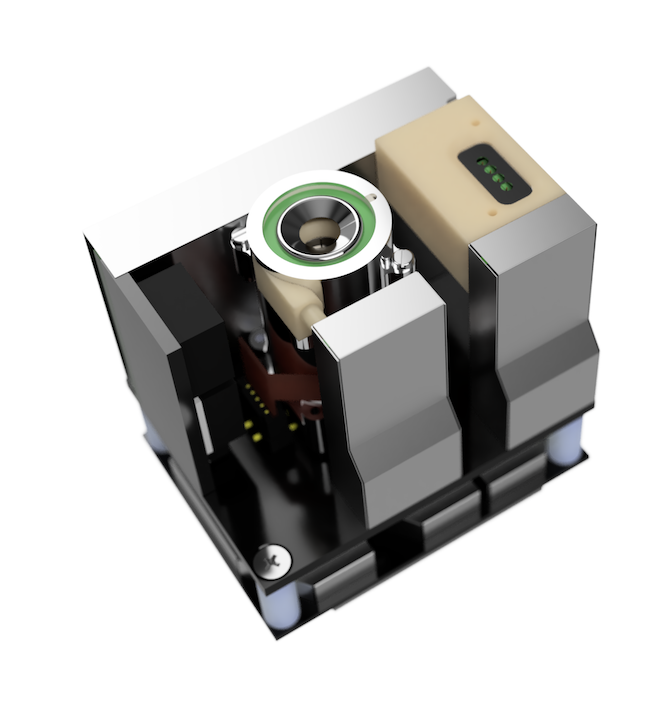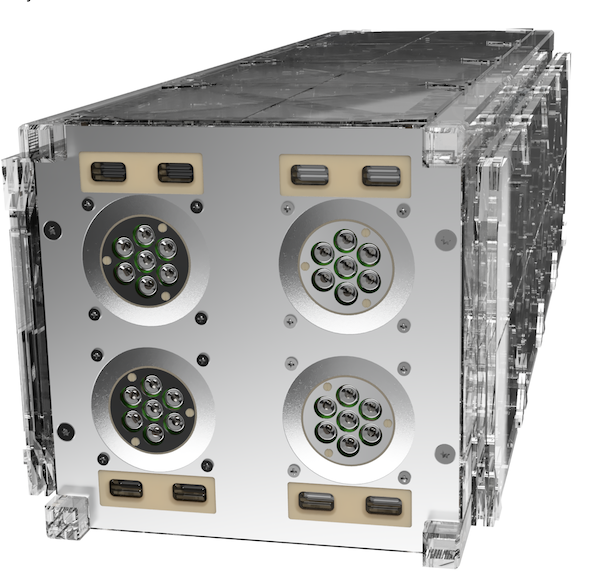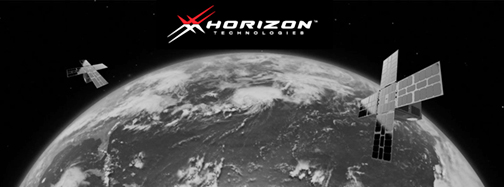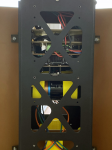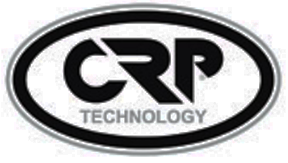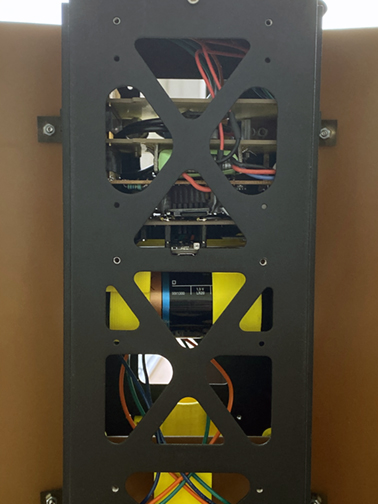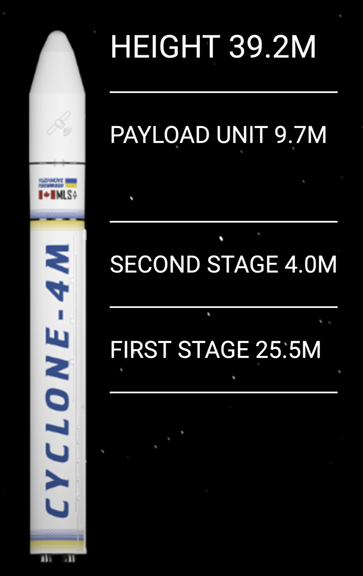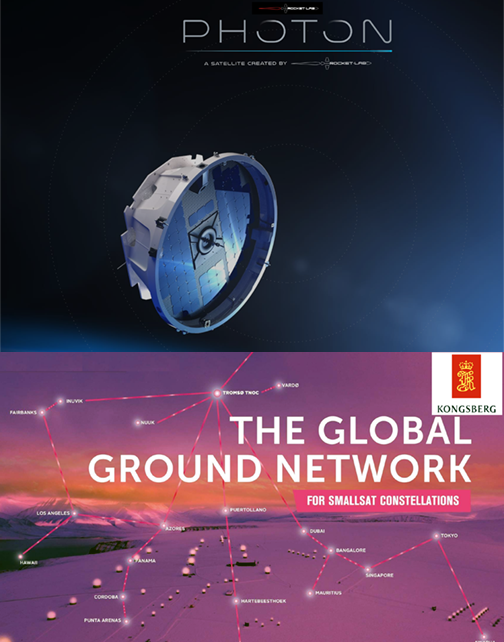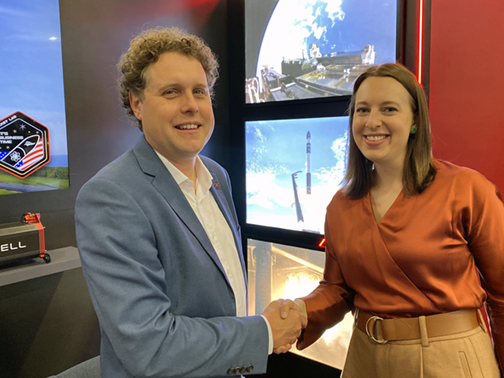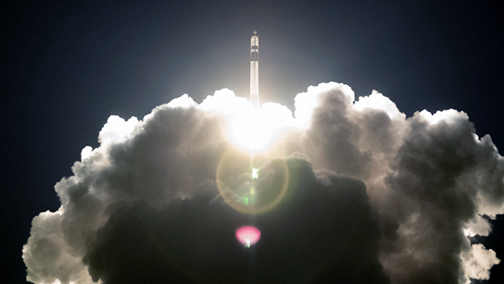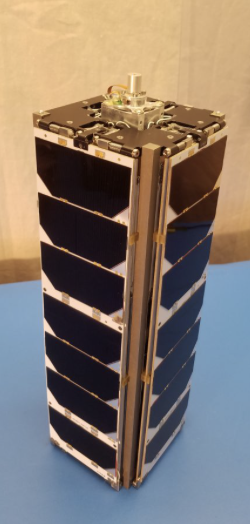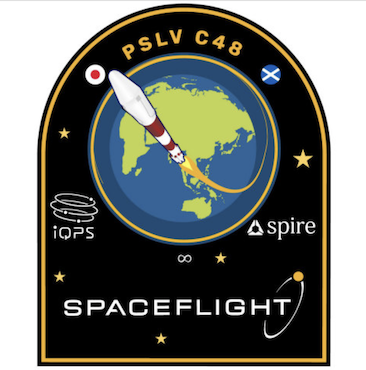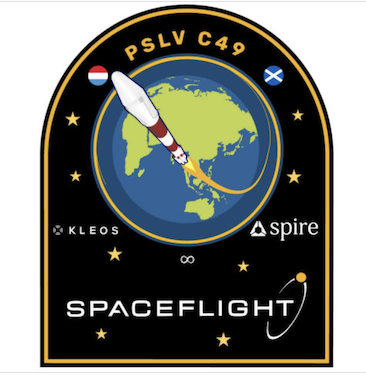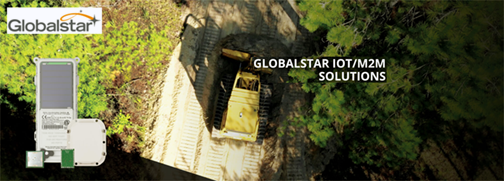
Globalstar Europe Satellite Services Ltd., a wholly owned subsidiary of Globalstar, Inc. (NYSE American: GSAT) has announced that the company’s FindMy IoT animal tracking pioneer has launched its next-generation tracker — the FindMy e-Bell Model 2 collar is more robust, smaller and lighter, and now features Bluetooth for easy set-up and a longer-life replaceable battery for lower maintenance.

As FindMy marks its 10 year partnership with Globalstar, and with more than 45,000 collars deployed in the field, FindMy collars have transmitted 20 million IoT tracking messages by satellite, enabled by Globalstar’s STX3 chipset and its worldwide fleet of LEO satellites. This data allows farmers to reliably monitor and protect their valuable herds wherever they roam, including regions beyond the reach of mobile phone networks.
The appeal of FindMy is such that it has even attracted customers whose farms are in locations with good mobile coverage – this is due to the price competitiveness of FindMy’s satellite-enabled solution, and the highly functional and user-friendly app and user interface which FindMy provides.
FindMy has spent the last two years designing and engineering the new animal collar, which will be available from Spring 2020. Additional new features include a custom antenna that adds extra assurance of successful message transmission, and a new app that makes it easy for farmers to configure and customize the collar’s transmission settings. The e-Bell Mark 2 is easily self-configurable for farmers and the new industrial-grade FindMy devices are engineered to meet military-level SATCOM standards for robustness in all weather conditions.
Enhanced software can now deliver a complete snapshot update of the herd/flock location at particular times of day specified by the farmer dependent on when they head out to the hills to check on the animals. The system also includes an improved accelerometer sensitive enough to detect whether an animal is in distress, such as if it is frightened or being chased.
The STX3’s small size, ruggedness, long battery life, and ease of integration, as well as its competitive price, remain key compelling features for FindMy. It makes it possible for farmers to geo-fence livestock, helping them to monitor animals to ensure they graze only in designated areas, and to locate those that have escaped or are injured.
It also enables farmers to optimize their stock, ensure the animals have adequate food and water, while mitigating against disease and predation. FindMy’s data trail empowers farmers to analyze areas of best grazing and they can proactively manage grazing for future seasons.
FindMy’s custom user interface alerts farmers and herd managers when an animal has not moved for some time. With FindMy’s GPS data, they can identify exactly where to go to investigate, saving valuable time and resources. Farmers deploying the collars report a significant reduction in animal loss, with a consequent direct positive impact on their business.
Norwegian sheep farmer Halvor Mjoen originally founded FindMy in 2009 to support his fellow sheep farmers whose flocks graze fence-free in the mountains and often range across borders into Sweden, Finland as well as Russia. In addition to monitoring sheep, FindMy has also been adopted by reindeer-herders, many with ancestral heritage from the indigenous Sami communities in the far North, whose livestock range across the Arctic Circle. FindMy’s reputation has further grown internationally and the system is now used as far away as on cattle ranches in South America.
Mjoen said the company’s success was resultant of listening carefully to customers, understanding their everyday operations, their pain points and working to deliver what they really need. The company’s close partnership with Globalstar, with its reliable, functional and cost-effective satellite technology, has played a huge role in the firm’s achievements.
Mark O’Connell, Globalstar EMEA GM noted that FindMy is a perfect example of design, engineering and industrial creativity, and amply demonstrates how satellite technology and the Internet of Things can be harnessed to powerfully solve real world problems. The company congratulates FindMy on its next-generation solution that will help more farmers improve the welfare of their livestock, and enhance their businesses, across the Nordic region and beyond.





